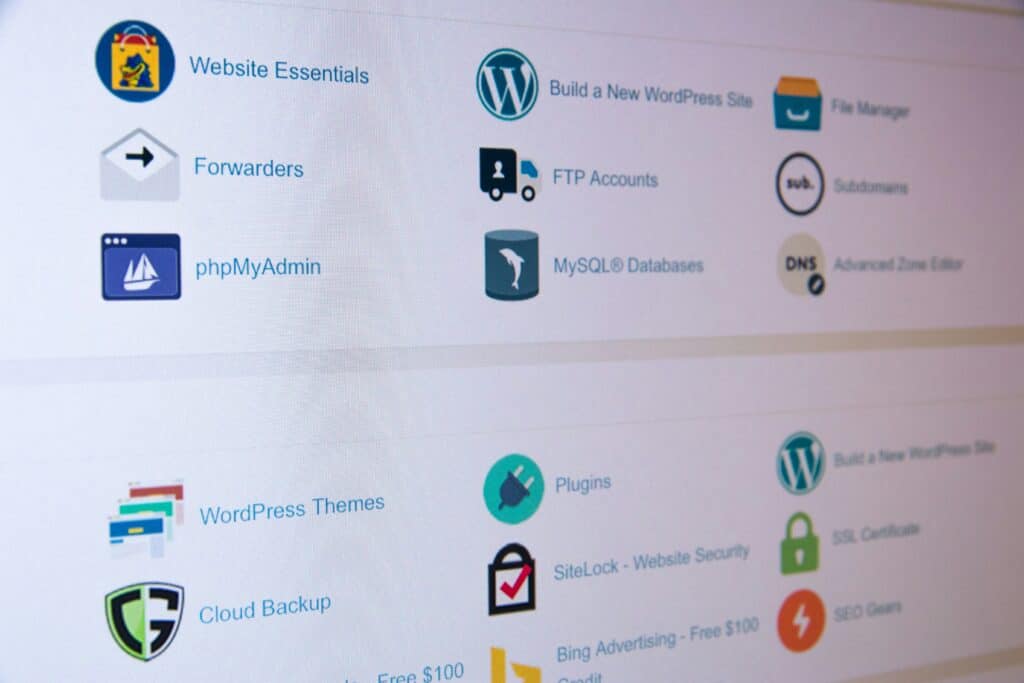In the dynamic realm of online security, mastering SSL Certificate Transfer Plugins is paramount for ensuring a robust and secure digital infrastructure. This article delves into the intricate landscape of SSL certificate transfers, shedding light on the nuanced aspects of error handling.
As organizations navigate the complexities of data encryption and protection, understanding how to seamlessly transfer SSL certificates while adeptly managing errors becomes a crucial skill set. Join us on a journey to master the art of SSL Certificate Transfer Plugins, empowering you to fortify your website’s defenses and enhance overall cybersecurity protocols.

The Significance of Secure Digital Infrastructure
In today’s interconnected digital landscape, the significance of a secure digital infrastructure cannot be overstated. A robust foundation is essential for safeguarding sensitive data, maintaining user trust, and thwarting cyber threats.
A secure digital infrastructure not only protects against unauthorized access and data breaches but also ensures the seamless functioning of online services.
It forms the backbone of a resilient online presence, enabling businesses and individuals alike to operate confidently in the ever-evolving realm of cybersecurity. Prioritizing security in the digital infrastructure is paramount for fostering a trustworthy and resilient online ecosystem.
Common Errors in SSL Certificate Transfer and Solutions
When managing SSL certificate transfers, encountering errors is an inevitable part of the process. Recognizing these common challenges and implementing effective solutions is crucial for maintaining a secure digital environment.
Certificate Mismatch Issues
One prevalent problem arises when the transferred SSL certificate doesn’t match the designated server, leading to authentication failures. Verify that the certificate details align with the server specifications and update accordingly.
Key Pair Mistakes
Mismatched key pairs often disrupt the SSL handshake. Ensure consistency between the private and public keys during the transfer, preventing potential authentication failures.
Incomplete Certificate Chains
Incomplete certificate chains can result in validation errors. Confirm that the entire certificate chain is transferred intact to establish a seamless and secure connection.
Expired or Revoked Certificates
Overlooking certificate expiration or revocation can compromise security. Regularly check and update certificates to avoid potential service disruptions and vulnerabilities.
Insufficient Permissions
Transfer processes may fail due to inadequate permissions. Grant the necessary privileges to facilitate smooth SSL certificate transfers and prevent authorization errors.
Understanding these common errors and implementing proactive solutions ensures a smoother SSL certificate transfer process, contributing to an enhanced and resilient cybersecurity framework.
Best Practices for Seamless SSL Certificate Transfers
Ensuring a seamless SSL certificate transfer is fundamental for maintaining a secure and resilient digital infrastructure. Implementing best practices throughout the transfer process enhances efficiency and minimizes the risk of errors.
Thorough Pre-Transfer Assessment
Conduct a comprehensive assessment of the current SSL certificate and server environment before initiating the transfer. Identify potential issues and ensure compatibility to prevent disruptions.
Backup and Redundancy Measures
Prioritize data integrity by creating backups of both the SSL certificate and associated key pairs. Establish redundancy measures to mitigate risks, allowing for a quick recovery in case of unexpected complications.
Coordinate with Certificate Authorities (CAs)
Communicate with the relevant Certificate Authorities to streamline the transfer process. Obtain necessary documentation and guidelines, ensuring adherence to industry standards and regulations.
Scheduled Transfer Window
Plan SSL certificate transfers during low-traffic periods to minimize potential impact on users. Choose a scheduled transfer window that aligns with the organization’s operational demands while reducing service interruptions.
Documentation and Logging
Maintain detailed documentation of the transfer process, including configurations and any modifications made. Utilize logging mechanisms to track the transfer’s progress, aiding in troubleshooting and auditing.
By adhering to these best practices, organizations can navigate SSL certificate transfers with precision, minimizing disruptions and fortifying their cybersecurity posture.